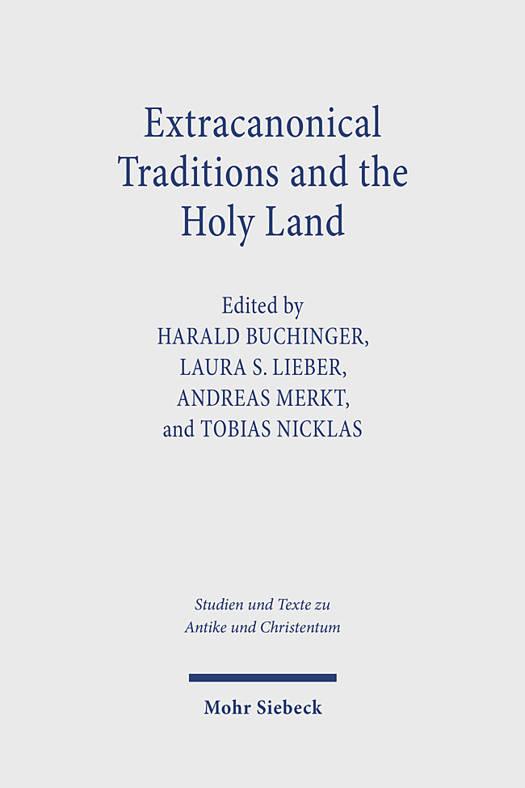
- Afhalen na 1 uur in een winkel met voorraad
- Gratis thuislevering in België vanaf € 30
- Ruim aanbod met 7 miljoen producten
- Afhalen na 1 uur in een winkel met voorraad
- Gratis thuislevering in België vanaf € 30
- Ruim aanbod met 7 miljoen producten
Zoeken
Extracanonical Traditions and the Holy Land
Texts, Rituals, and Material Culture in Late Antique Palestine
€ 115,95
+ 231 punten
Omschrijving
The Holy Land is more than a sanctified geographical space that roughly corresponds to the Roman province that has been known as Palaestina since the end of the Bar Kochba War. Instead, it is primarily an idea and imaginative space created by a complex interaction of texts, rituals, and material culture. The authors of this volume's contributions highlight the major role that extracanonical traditions - often misleadingly called apocryphal - which were written and read, celebrated and performed, and embodied in places, buildings, and material culture, have played in the construction of the Holy Land.
Specificaties
Betrokkenen
- Uitgeverij:
Inhoud
- Aantal bladzijden:
- 320
- Taal:
- Engels
- Reeks:
Eigenschappen
- Productcode (EAN):
- 9783161635564
- Verschijningsdatum:
- 30/05/2025
- Uitvoering:
- Paperback
- Afmetingen:
- 155 mm x 232 mm

Alleen bij Standaard Boekhandel
+ 231 punten op je klantenkaart van Standaard Boekhandel
Beoordelingen
We publiceren alleen reviews die voldoen aan de voorwaarden voor reviews. Bekijk onze voorwaarden voor reviews.










